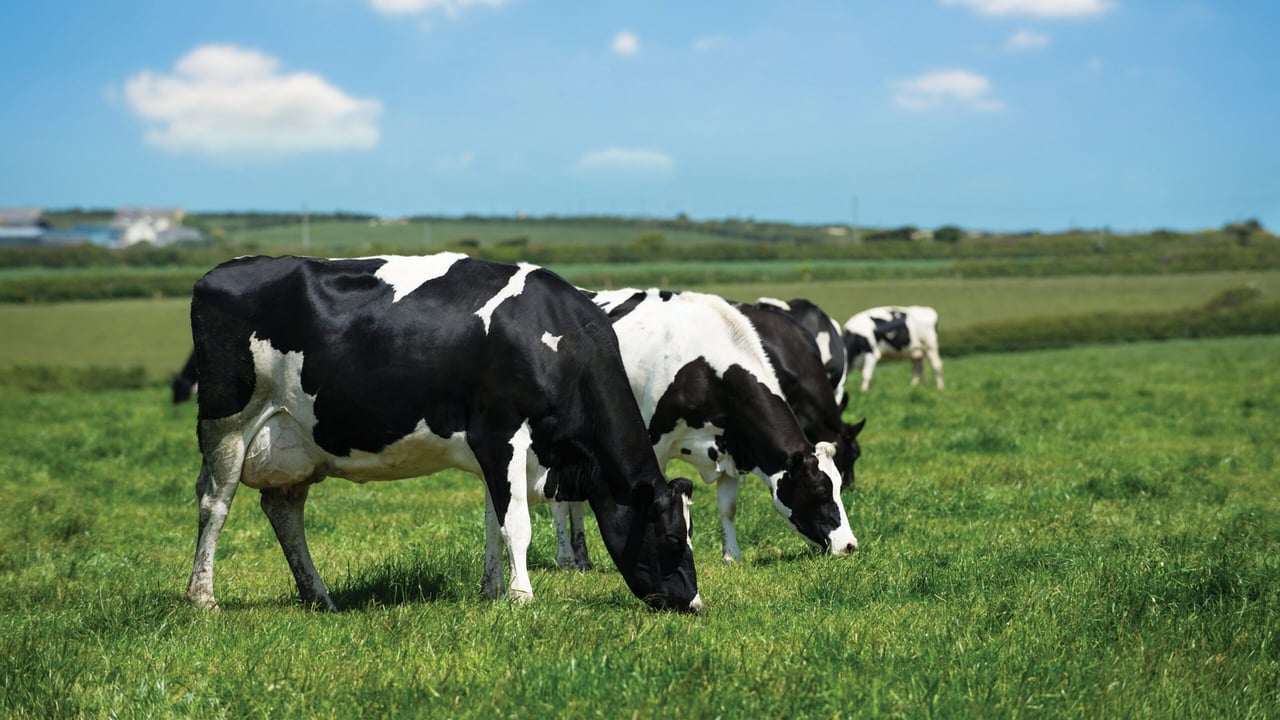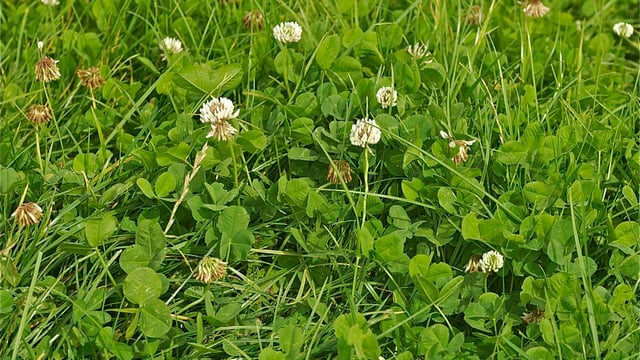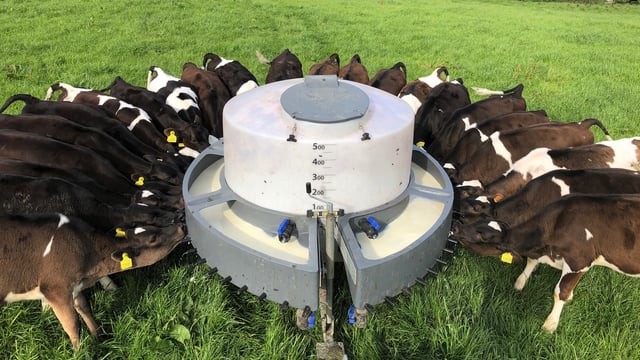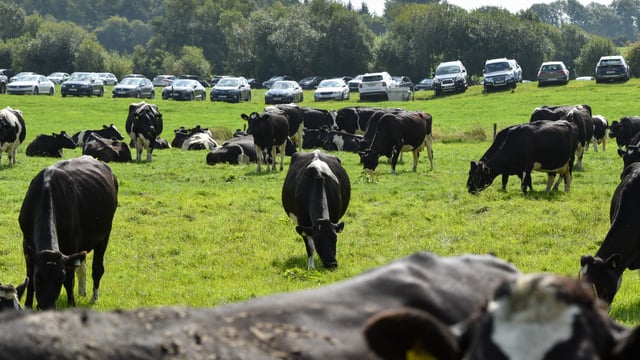Letter to the editor: Why the planet needs dairy farmers
If An Taisce and other misguided environmentalists think they can save the planet by curtailing dairy production, they should think again. Specifically, they should consider data produced by Prof. Ian Gordon, formerly of [UCD] Lyons Estate.
Prof. Gordon’s research work shows that compared to the 1950s, the same volume of milk in the US, is now produced by 90% fewer cows; 90% less land; 65% less water; and a 63% smaller carbon footprint.
Likewise, Irish dairy farmers too, have also been spectacularly and equally successful in reducing their carbon footprint, and simultaneously increasing their production efficiency over the last 60 years.
Specifically, since 1957, Irish milk yields per cow and per hectare have at least quadrupled. Even greater improvements in efficiency have been made by Irish pig and poultry farmers.
To my knowledge, there are no other enterprises anywhere else which have reduced their carbon footprint and increased their efficiency by as much, over the last 60 years.
Looking forward to the next 60 years, the global picture is similarly clear and equally positive.
As the planet’s population and incomes per capita increase apace, global food consumption patterns shift to meats and dairy products.
Specifically, by 2050, meat consumption per capita will increase by 23%. In contrast, during the same period, consumption of cereals per capita will increase by only 3%.
In order to satisfy the increased global consumption of meat, the following increases in current global meat production will be necessary: Beef production must increase by 58%; sheep meat production must increase by 78%; pork and bacon production will have to increase by 37%; and poultry meat production will have to jump by 125%.
But it is to the dairy cow, the world will have to turn to, if we are to feed nearly 10 billion people, three times a day, 365 days a year, by 2050.
This is because your dairy cow is by far and away the most efficient animal that was ever conceived, designed and created.
Together, during billions of years of evolution and farming, God and man produced a unique ‘machine’ that couldn’t be patented and couldn’t replicated. But she was always capable of being improved generation after generation.
Indeed by a country mile, your dairy cow has no equal at feeding the world sustainably, and at the same time, saving the planet. The process of converting grass to milk by a four legged animal is indeed a strange alchemy. No human can come near to replicating it.
The empirical data does not lie so consider the following:
Some of the dairy products produced by your dairy cow include the following: baby foods and geriatric foods; foods for high performance athletes; essential food staples for affluent consumers; plus all the essential food staples for a hungry world.
Without dairy products, huge swathes of this world would be permanently on the verge of famine or worse, i.e. the deaths of millions of children under sordid and disgraceful conditions.
Every day of the year, the €4 billion plus which the Irish dairy herd generates, finds its way into shop in every city, town and village across Ireland.
Specifically, from Dublin 4 to Cape Clear, every hour of every day, somebody dines out in some style, on the back of your dairy cow.
A dairy cow also plays a critical role in one other thing, i.e. she contributes in a very big way to bringing some stability to a basically unstable planet. Specifically, without dairy cows, the planet would be permanently on the verge of burning up, before it burns out.
It now appears that An Taisce would like to put a stop to all the most productive and efficient systems that feed the world, and at the same time, save the planet.
If this is An Taisce’s aim, perhaps they will also tell us how we can sustainably feed another three billion people on this planet within the next 30 years?!
From Brendan Dunleavy, Co. Cavan





